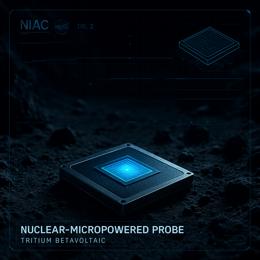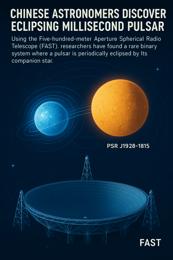Image created by AI
Groundbreaking Discovery: The Brightest Quasar and Fastest-Growing Black Hole in the Universe
In a monumental discovery that has implications for our understanding of the early universe, astronomers have identified a quasar that not only shines with unprecedented brilliance but is also expanding at a record-breaking pace. The discovery was made using the European Southern Observatory's (ESO) Very Large Telescope (VLT), revealing a quasar powered by a supermassive black hole that is accumulating mass at the rate of almost one Sun every day.
Quasars, the luminescent nuclei of distant galaxies, act as cosmic lighthouses, their brightness powered by the massive black holes at their centers. As these gravity wells draw in matter from their surroundings, the material heats up, emitting vast amounts of light that can be detected even from billions of light-years away. The most radiant quasars signal the presence of the quickest growing supermassive black holes in the cosmos.
The record-breaking quasar, designated J0529-4351, resides so far from our planet that the light we now observe from it commenced its journey more than 12 billion years ago. This means astronomers are getting a glimpse of the universe in its infancy.
The team, led by ANU’s Christian Wolf and including PhD student Samuel Lai and co-author Christopher Onken, published their findings in the prestigious journal Nature Astronomy. They reported that J0529-4351 has a black hole mass of a staggering 17 billion Suns and an accretion disc spanning seven light-years across, theorized to be the largest of its kind. This quasar's luminosity eclipses our Sun by a factor of more than 500 trillion.
The revelation of J0529-4351 is as surprising as it is groundbreaking. As Onken noted, this cosmic behemoth has eluded detection for decades, despite being included in images from the ESO Schmidt Southern Sky Survey since 1980. The quasar was mistakenly identified as a star due to its extraordinary brightness, which thwarted machine-learning models designed to help astronomers sift through data.
The ANU 2.3-metre telescope at Siding Spring Observatory eventually revealed the true nature of J0529-4351, but it was the VLT's X-shooter spectrograph that confirmed its status as the most luminous quasar yet observed. The VLT, located in the Chilean Atacama Desert, offers unparalleled precision for such measurements.
The implications of this discovery are vast, offering the potential for further research into the origins of the universe. Astronomers will utilize the GRAVITY+ upgrade on ESO’s VLT Interferometer (VLTI) to investigate the black hole's mass with unmatched accuracy. The ESO’s Extremely Large Telescope (ELT), currently under construction, promises even more exciting finds in the future.
Astronomers like Wolf are driven by the thrill of the hunt and the boundless opportunities for discovery; their work provides a bridge to the universe's deepest past and answers questions about how the colossal black holes and their galaxies came into being.










